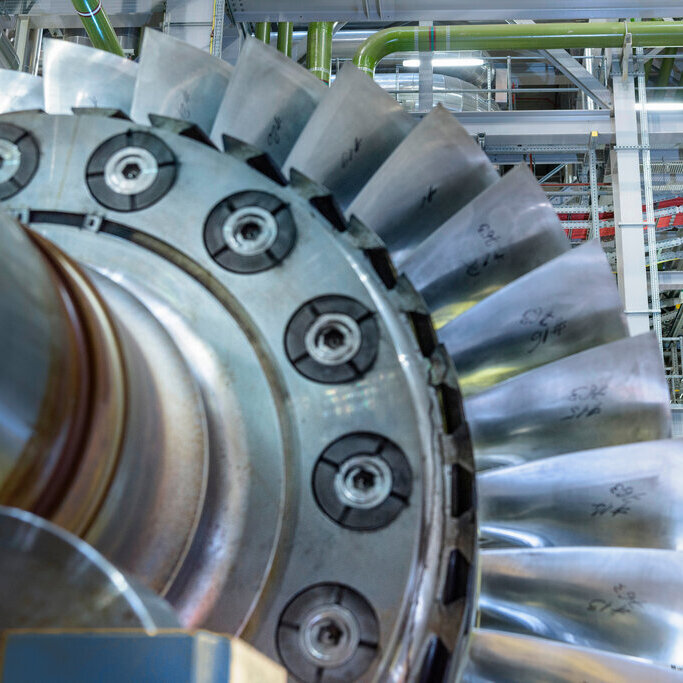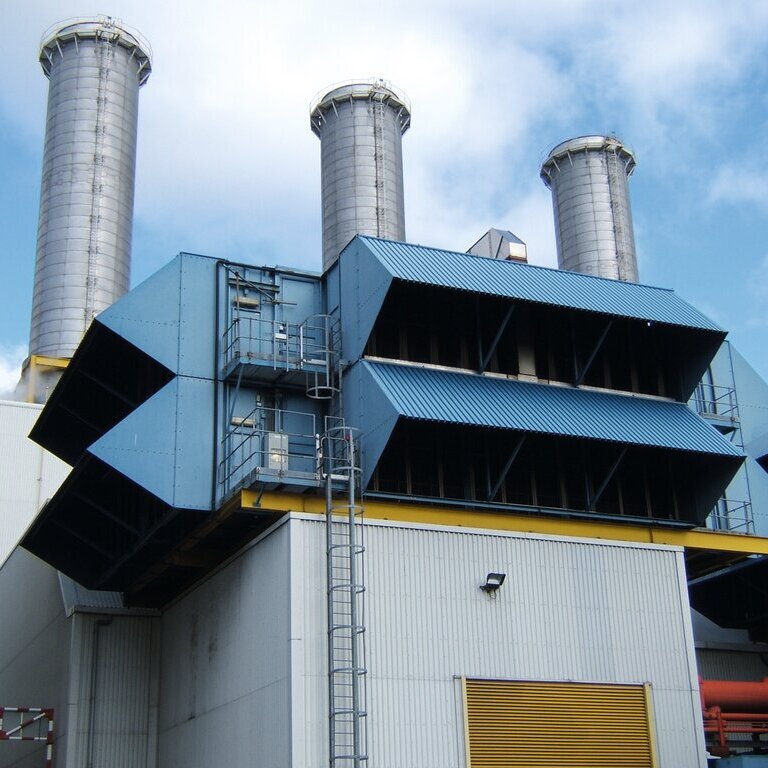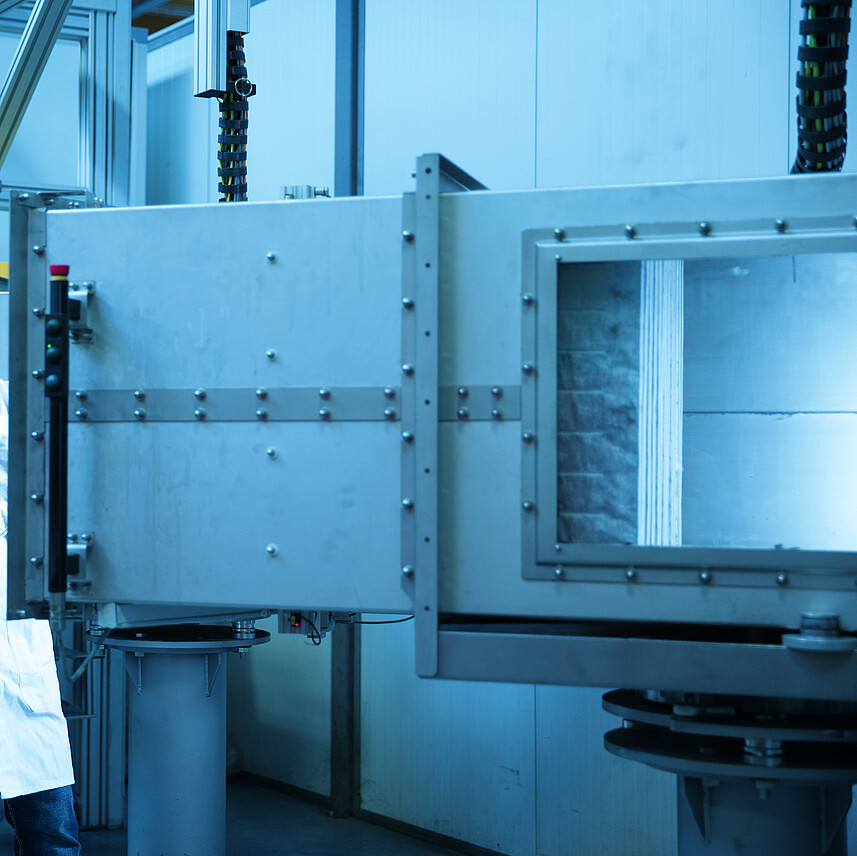ISO 29461-2: Test standard for the use of air filters in locations with high humidity
ISO 29461-2 standardizes a measurement method for quantifying the water separation capacity of air filters, including the increase in differential pressure during the test.
The norm specifies the general test requirements and conditions in order to ensure the comparability and transparency of test reports. The performance of the entire filter element is tested against water droplets carried in by the intake air. This enables system operators to use the optimum filter for their application requirements on the basis of ISO 29461-2.
ISO 29461-2: Your benefit

Protection of the turbomachine
If turbomachinery is used on offshore platforms, in coastal, tropical or even foggy regions, the risk of damage due to corrosion and power degradation increases with the humidity and salt content in the air. Intake air filters without hydrophobic properties let water penetrate to the machines and can ultimately cause damage to the turbomachinery. With the ISO 29461-2 test standard, filters can be tested for their water-repellent properties, thus ensuring the application-optimized use of filters.

Application optimized filtration
At locations with high humidity, the use of pre-filters is particularly recommended, as their design and filter medium prevent the ingress of water while at the same time minimizing the increase in pressure loss. If a significant amount of water reaches the final fine- and EPA-filters of the intake system, their air resistance often increases to such an extent that the load on the turbomachinery must be reduced. The risk of the final filters bursting due to saturation with water increases significantly. The most suitable filter solutions are those that prevent water from entering the intake system while minimizing the increase in pressure loss.

Uniform test standards
ISO 29461-2 has created a generally applicable test standard for the intake air filtration of turbomachinery with regard to the evaluation of the water separation capacity of filters and the increase in pressure difference when soaked with water. This property is particularly important for off-shore applications and in coastal, tropical and foggy regions.
The test method
The ISO 29461-2 standard specifies the requirements for the test methodology, starting with the general test conditions, the test rig, the test procedure and the final reporting.
During the test, a filter element is exposed to a defined quantity of water in droplet form, depending on the nominal volume flow, at a constantly high relative humidity of more than 95%. After three hours of spraying, the mass of water that has passed through the filter is determined and the percentage water separation capacity of the test specimen is measured. The increase in filter pressure drop over the test period is also recorded. The higher the water separation capacity of the filter and the lower the increase in pressure drop over the test time, the more suitable the filter is for use in locations with high water content in the intake air.
Contact us now for a detailed consultation.










